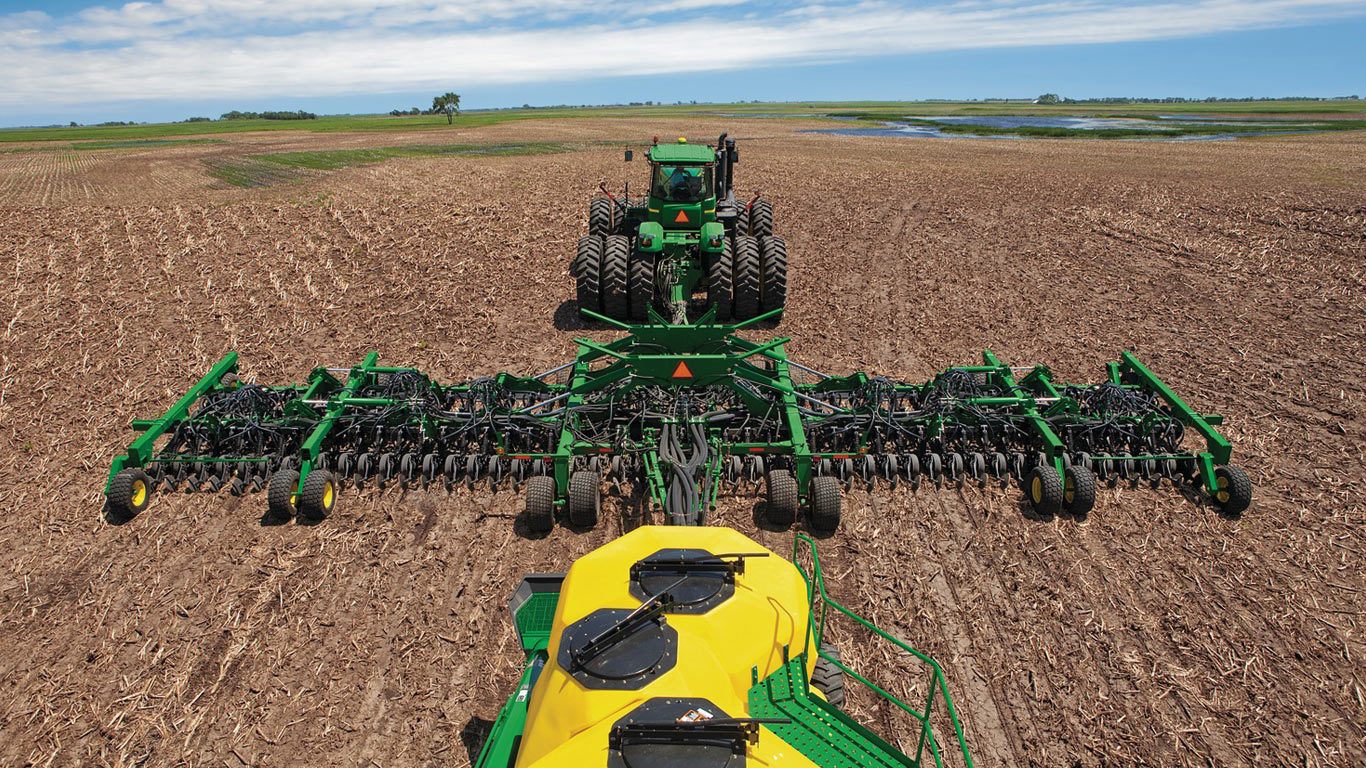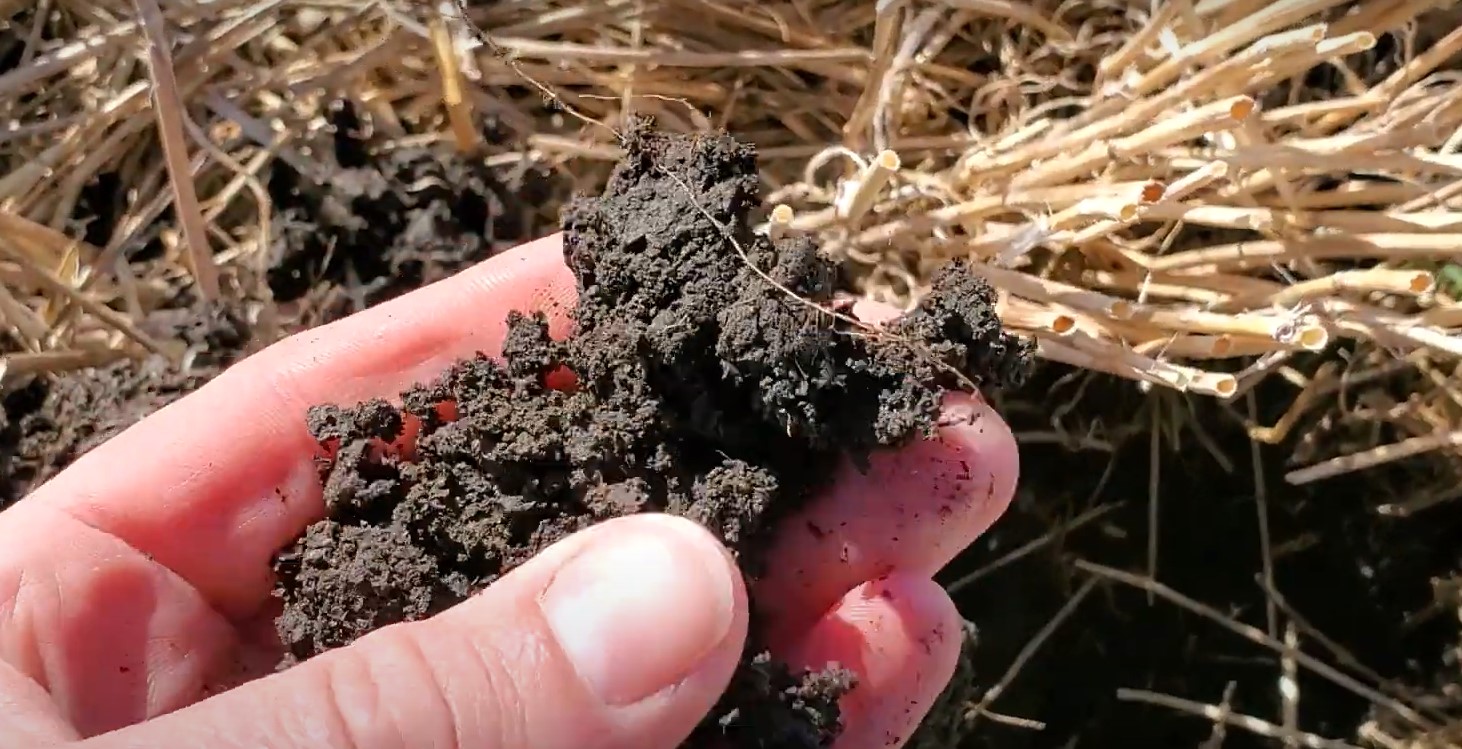News and Information from Around the World Wheat Industry
Speaking of Wheat
“In 2024/25, despite less acreage being planted into wheat, more favorable weather is expected to boost [wheat] area harvested and yield compared with [2023/24]. Production is forecast higher for hard red winter, hard red spring, white, and durum classes of wheat as conditions have been generally favorable. While soft red winter production is down 24% from the previous year’s bumper crop, it is forecast above the recent 5-year average.” – From “U.S. Wheat Production Estimated at Highest Level in 8 Years,” Oct. 2, USDA-Economic Research Service.
Ultra-Processed Food Study Positive on Grain Foods
Thanks to the North American Millers’ Association for sharing an editorial from Sosland Publishing highlighting a recent study published in “The Lancet” that differentiates enriched grains from other categories of ultra-processed foods. Researchers cited data linking soft drinks, processed meats, and ready-to-eat foods with a higher type 2 diabetes risk while whole grain bread “displayed inverse associations.” A higher intake of bread and cereals was associated with a lower risk of stroke and cold cereal intake was associated with lower risk of cardiovascular disease.
“Pasta is the one food I can’t live without. It’s delicious and nutritious.” – Giada De Laurentiis
Cultivating Crops to Nurture a Family Legacy

Johnsrud Family
“Eatwheat.org” was created by the Kansas Wheat Commission to share the story of America’s wheat farmers, and recently shared this story: In northwest North Dakota, Dustin Johnsrud, a fourth-generation farmer is cultivating a future for sustainable agriculture. Specializing in durum and spring wheat, along with other small grains like canola, peas and lentils, this no-till operation stands as a testament to modern farming practices that prioritize both efficiency and environmental stewardship. “I’ve always believed in minimizing our impact on the land,” Johnsrud explains. “Using no-till methods helps conserve moisture, which is vital given our semi-arid climate.”
2024 Borlaug CAST Communication Award Recipient
Congratulations to Mr. Jack Bobo, Director of the University of Nottingham’s Food Systems Institute, who is the recipient of the 2024 Borlaug CAST Communication Award (BCCA) that celebrates individuals who excel in communicating agricultural science to diverse audiences. The Council for Agricultural Science and Technology (CAST) is a nonprofit organization that assembles, interprets, and communicates credible, balanced, and science-based information about food, agriculture, natural resources, and related topics.
Support for Climate-Smart Practices Grows
USDA has released US$7.7 billion in assistance for fiscal year 2025 (Oct.- Sept.) to help agricultural and forestry producers adopt conservation practices on working lands. This includes up to $5.7 billion for climate-smart practices, made possible by the Inflation Reduction Act and $2 billion in Farm Bill funding. This is more than double the amount available last year and the most conservation assistance made available in a single year in U.S. history for popular USDA conservation programs. Read more here.
Washington Association of Wheat Growers Leader Honored

Michelle Hennings
Congratulations to Michelle Hennings, Executive Director, of the Washington Association of Wheat Growers, recipient of a 2024 Pacific Northwest Waterways Association Distinguished Service Award. Winners were selected for their significant contributions to the Northwest navigation, energy, irrigation, and recreation communities. Ms. Hennings is a leading voice advocating for preservation of navigation on the Columbia Snake River System, an essential part of the U.S. wheat export supply system.
Subscribe to USW Reports
USW publishes various reports and content available to subscribe to, including a bi-weekly newsletter highlighting recent Wheat Letter blog posts and wheat industry news, the weekly Price Report, and the weekly Harvest Report (available May to October). Subscribe here.
Follow USW Online
Visit our Facebook page for the latest updates, photos, and discussions of what is going on in the world of wheat. Also, find breaking news on Twitter, video stories on Vimeo and YouTube, and more on LinkedIn.




























 Cookie spread factor values indicate the crop has acceptable spreadability (diameter to height ratio). The Gulf values are lower compared to last year and 5-year average but should be resolvable with minor formulation adjustments. The East Coast values are the same as last year and similar to the 5-year average.
Cookie spread factor values indicate the crop has acceptable spreadability (diameter to height ratio). The Gulf values are lower compared to last year and 5-year average but should be resolvable with minor formulation adjustments. The East Coast values are the same as last year and similar to the 5-year average.



